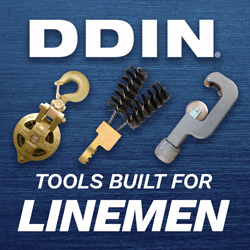Electrification in buildings—especially for space heating— is advancing across the US driven by policy incentives, consumer preferences, and advances in technology.
Electrification in buildings—especially for space heating— is advancing across the US driven by policy incentives, consumer preferences, and advances in technology. This presents both challenges and opportunities for the grid, but grid planners are often preoccupied with the onslaught of other recent trends, such as distributed solar and EVs, to understand the nuances associated with incremental building electrification. This article summarizes key findings from a recent Energy System’s Integration Group (ESIG) report, outlining critical planning considerations and actionable recommendations from a task force of industry thought leaders at the intersection of building energy modeling and grid planning. The group was assembled to cut through volumes of research and identify the key insights that grid planners should know about building electrification.
Impact on the Grid
While electrification offers decarbonization benefits, it also introduces new load profiles, altering both the seasonal and diurnal dynamics of electricity demand. Notably, winter heating loads are increasingly challenging due to their seasonal peaks, which often do not align with the production profiles of renewable resources like solar.
Even areas that are already heavily electrified or who do not experience extreme cold events will still see changes from building electrification, such as improved efficiency in summer air conditioning. Consider the chart below, which shows the percentage of energy needs for residential buildings served by electricity. Most states have significant electrification inroads to achieve.
Continue reading at T&D World
For more utility related reading, check out the potential impact of the Supreme Court’s Chevron decision, TerraPower’s new reactor construction, and the demand for AI potentially driving more generation investment.







0 Comments